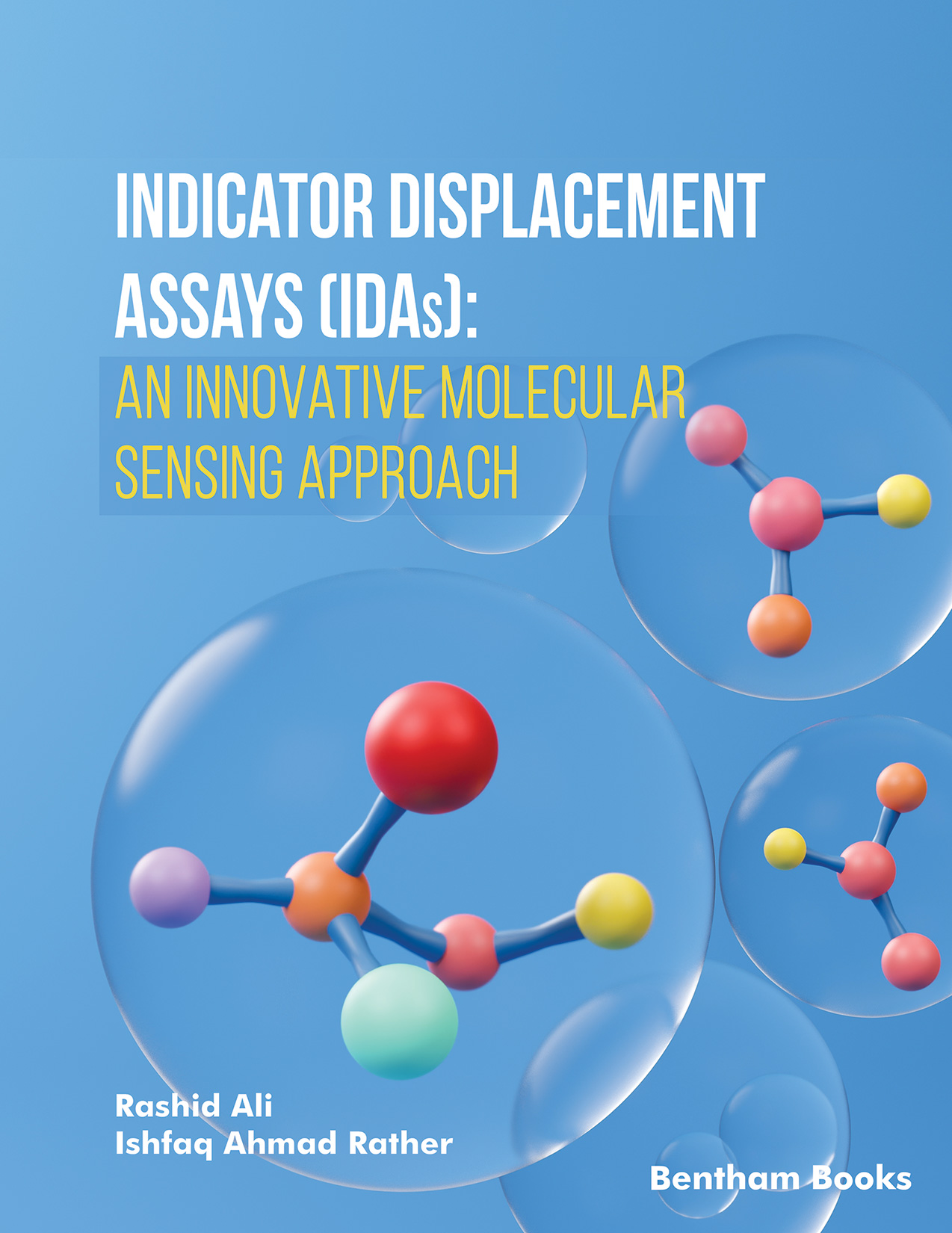Introduction
This book explores a revolutionary sensing technique called
Indicator Displacement Assays (IDAs). It is designed to provide readers with a comprehensive understanding of the conceptual foundation and wide-ranging applications of IDAs. The book aims to fulfill a crucial gap in the existing references on the subject.
The content starts by explaining fundamental concepts, design strategies, and the scope of IDAs. Subsequent chapters elaborate on the intricate molecular recognition of various analytes, offering insights into sensing mechanisms for cationic, anionic, and neutral molecules. The design and construction of colorimetric, fluorescence, and metal complexing IDAs are also thoroughly explored in later chapters, followed by recent extensions of IDAs, including enantioselective indicator displacement assays, intramolecular indicator displacement assays, reaction-based indicator displacement assays, and more. Innovative applications of IDAs, such as sensory arrays and electrochemical sensors, are also discussed in detail, providing a comprehensive understanding of their conceptual foundations and practical implementations.
The book is a primer on IDAs for researchers who want to understand the fundamentals of the technique, as well as postgraduate students aiming to specialize in supramolecular and analytical chemistry.
Readership:
Chemistry (Supramolecular chemistry, analytical chemistry, material sciences and technology, pharmaceutical chemistry, inorganic chemistry and organic chemistry), pharmaceutical and life sciences researchers; laboratory technicians.

